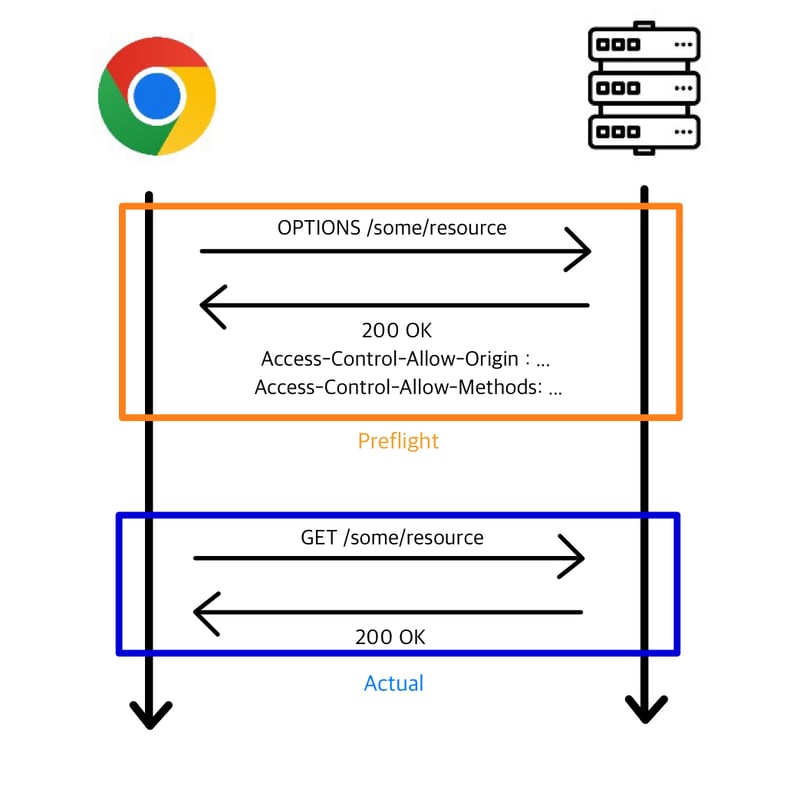Understanding Memory Synchronization in Go: Why Even Read Operations Require Mutexes
Hi, my name is Walid, a backend developer who’s currently learning Go and sharing my journey by writing about it along the way. Resource : The Go Programming Language book by Alan A. A. Donovan & Brian W. Kernighan Matt Holiday go course In concurrent programming with Go, developers often focus on synchronizing write operations to prevent race conditions. However, it's equally critical to synchronize read operations. This article delves into the nuances of memory synchronization, illustrating why even simple read operations, such as reading a Balance() function, necessitate the use of mutexes. The Issue: Beyond Mere Execution Order It's a common misconception that read operations are inherently safe in concurrent environments: "Since Balance() is just reading, it should always see the latest value, right?" "As long as goroutines don’t interrupt each other, everything should be fine." However, concurrency challenges extend beyond the interleaving of execution sequences. Modern CPUs and compilers may reorder operations to optimize performance, leading to unexpected behaviors. Example: Out-of-Order Execution Consider the following scenario with two goroutines: var x, y int go func() { x = 1 // A1 fmt.Print("y:", y, " ") // A2 }() go func() { y = 1 // B1 fmt.Print("x:", x, " ") // B2 }() Intuitively, one might expect the outputs to be among: y:0 x:1 x:0 y:1 x:1 y:1 y:1 x:1 Surprisingly, the program might also produce: x:0 y:0 y:0 x:0 Why does this happen? CPU Caches and Instruction Reordering Modern processors employ various techniques to enhance performance: Local Caches: Each CPU core has its own cache, storing copies of frequently accessed memory locations. Write Buffers: Writes to memory can be buffered, meaning they might not be immediately visible to other cores. Instruction Reordering: To optimize execution, the CPU may reorder instructions, provided the reordering doesn't affect the outcome within a single thread. Without proper synchronization, one goroutine may not observe the latest writes made by another due to these optimizations. Illustrative Scenario: Goroutine A executes x = 1. This write is stored in CPU 1's cache but isn't immediately visible to other CPUs. Goroutine B executes y = 1. Similarly, this write resides in CPU 2's cache. When Goroutine A reads y, it accesses the main memory or its cache, which still holds y = 0, since CPU 1 hasn't seen CPU 2's update. Conversely, Goroutine B reads x and sees x = 0 for the same reasons. This lack of visibility results in both goroutines printing stale values. Ensuring Proper Synchronization To address these issues, synchronization primitives like mutexes (sync.Mutex) enforce memory visibility and operation ordering. Using sync.Mutex for Memory Synchronization: var mu sync.Mutex var x, y int func safeA() { mu.Lock() x = 1 fmt.Print("y:", y, " ") mu.Unlock() } func safeB() { mu.Lock() y = 1 fmt.Print("x:", x, " ") mu.Unlock() } By locking the mutex before accessing shared variables and unlocking it afterward, we ensure: Exclusive Access: Only one goroutine can execute the critical section at a time. Memory Visibility: Changes made by one goroutine become visible to others, as the mutex operations synchronize the caches. This approach guarantees that read operations observe the most recent writes, preventing anomalies like reading stale data. Best Practices for Synchronizing Shared Data Single Goroutine Access: If a variable is accessed by only one goroutine, synchronization isn't necessary. Multiple Readers: When multiple goroutines only read a variable, consider using sync.RWMutex to allow concurrent reads while still protecting against concurrent writes. Mixed Reads and Writes: If goroutines perform both reads and writes on shared data, use sync.Mutex to ensure mutual exclusion. Key Takeaway: Concurrency challenges aren't solely about the timing of operations but also about memory visibility. Without proper synchronization, goroutines may read outdated or inconsistent data due to CPU caching and instruction reordering. Employing synchronization primitives like mutexes is essential to maintain data integrity in concurrent Go programs.

Hi, my name is Walid, a backend developer who’s currently learning Go and sharing my journey by writing about it along the way.
Resource :
- The Go Programming Language book by Alan A. A. Donovan & Brian W. Kernighan
- Matt Holiday go course
In concurrent programming with Go, developers often focus on synchronizing write operations to prevent race conditions. However, it's equally critical to synchronize read operations. This article delves into the nuances of memory synchronization, illustrating why even simple read operations, such as reading a Balance() function, necessitate the use of mutexes.
The Issue: Beyond Mere Execution Order
It's a common misconception that read operations are inherently safe in concurrent environments:
"Since
Balance()is just reading, it should always see the latest value, right?""As long as goroutines don’t interrupt each other, everything should be fine."
However, concurrency challenges extend beyond the interleaving of execution sequences. Modern CPUs and compilers may reorder operations to optimize performance, leading to unexpected behaviors.
Example: Out-of-Order Execution
Consider the following scenario with two goroutines:
var x, y int
go func() {
x = 1 // A1
fmt.Print("y:", y, " ") // A2
}()
go func() {
y = 1 // B1
fmt.Print("x:", x, " ") // B2
}()
Intuitively, one might expect the outputs to be among:
y:0 x:1x:0 y:1x:1 y:1y:1 x:1
Surprisingly, the program might also produce:
x:0 y:0y:0 x:0
Why does this happen?
CPU Caches and Instruction Reordering
Modern processors employ various techniques to enhance performance:
Local Caches: Each CPU core has its own cache, storing copies of frequently accessed memory locations.
Write Buffers: Writes to memory can be buffered, meaning they might not be immediately visible to other cores.
Instruction Reordering: To optimize execution, the CPU may reorder instructions, provided the reordering doesn't affect the outcome within a single thread.
Without proper synchronization, one goroutine may not observe the latest writes made by another due to these optimizations.
Illustrative Scenario:
Goroutine A executes
x = 1. This write is stored in CPU 1's cache but isn't immediately visible to other CPUs.Goroutine B executes
y = 1. Similarly, this write resides in CPU 2's cache.When Goroutine A reads
y, it accesses the main memory or its cache, which still holdsy = 0, since CPU 1 hasn't seen CPU 2's update.Conversely, Goroutine B reads
xand seesx = 0for the same reasons.
This lack of visibility results in both goroutines printing stale values.
Ensuring Proper Synchronization
To address these issues, synchronization primitives like mutexes (sync.Mutex) enforce memory visibility and operation ordering.
Using sync.Mutex for Memory Synchronization:
var mu sync.Mutex
var x, y int
func safeA() {
mu.Lock()
x = 1
fmt.Print("y:", y, " ")
mu.Unlock()
}
func safeB() {
mu.Lock()
y = 1
fmt.Print("x:", x, " ")
mu.Unlock()
}
By locking the mutex before accessing shared variables and unlocking it afterward, we ensure:
Exclusive Access: Only one goroutine can execute the critical section at a time.
Memory Visibility: Changes made by one goroutine become visible to others, as the mutex operations synchronize the caches.
This approach guarantees that read operations observe the most recent writes, preventing anomalies like reading stale data.
Best Practices for Synchronizing Shared Data
Single Goroutine Access: If a variable is accessed by only one goroutine, synchronization isn't necessary.
Multiple Readers: When multiple goroutines only read a variable, consider using
sync.RWMutexto allow concurrent reads while still protecting against concurrent writes.Mixed Reads and Writes: If goroutines perform both reads and writes on shared data, use
sync.Mutexto ensure mutual exclusion.
Key Takeaway: Concurrency challenges aren't solely about the timing of operations but also about memory visibility. Without proper synchronization, goroutines may read outdated or inconsistent data due to CPU caching and instruction reordering. Employing synchronization primitives like mutexes is essential to maintain data integrity in concurrent Go programs.














































































